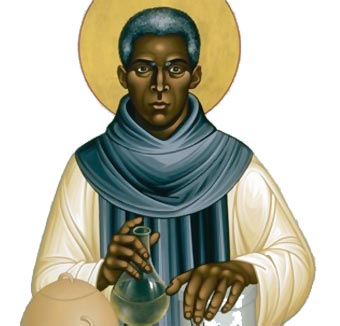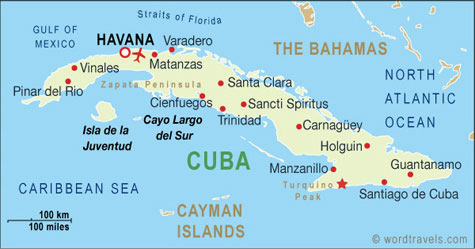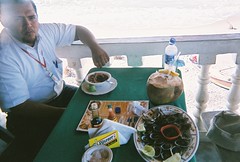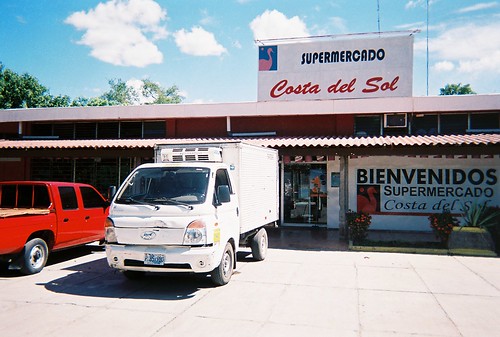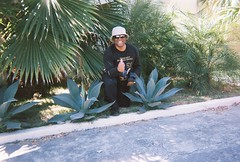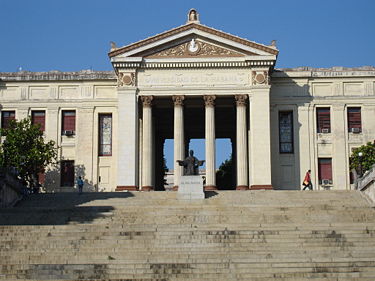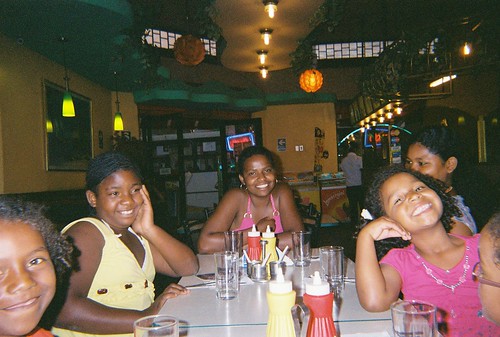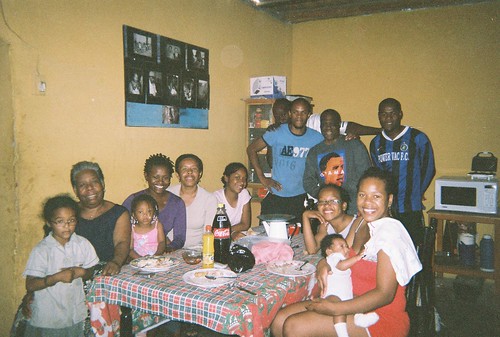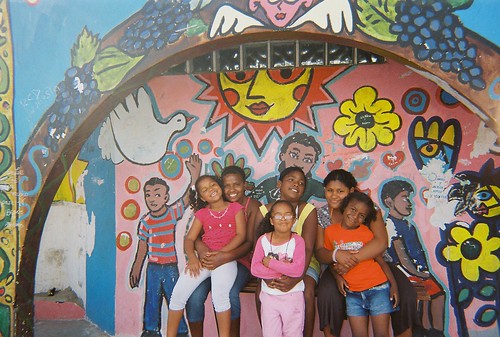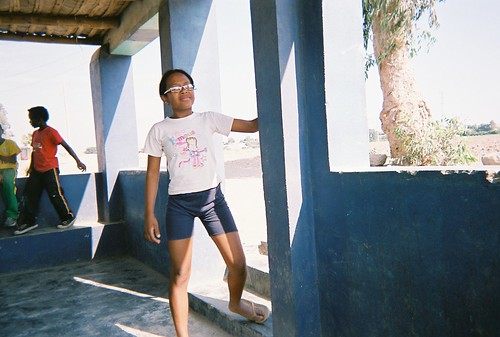
Javier, an intelligent, sharp-witted black Peruvian who cannot get a good job due to racial discrimination, works odd jobs from sun up to sun down to make ends meet.
I remember Gwen, a Puerto Rican woman of mixed racial ancestry, whom I met at my church. There was a strong mutual attraction attraction between us. The first time I asked her out, she cheerfully gave me her phone number, and it was on; so I thought! Before long, she became distant refusing to go out with me again. Yet, other church members and I would often catch her watching me intently. She even showed her displeasure at another woman with whom I began to date. Word eventually got around that her mother did not want her getting involved with black men. I've heard of other cases where Latino parents threatened to disown their daughters if they were to marry a black man. As disgusting as this sounds, it is only a minor example of Latin American racism.

In Quito, Ecuador, droves of empty cabs passed me by showing preference for white passengers.
One Sunday, out of curiosity, I bought a Colombian newspaper already knowing that at least 10% of Colombia's population is black. I was disappointed to see that the only blacks featured were criminals and athletes. Whoopi Goldberg was the only black I saw in the entertainment section. This, to me, also suggested racism and discrimination. Juan, an Afro-Venezuelan graduated from college in Venezuela majoring in journalism. All of his white classmates got jobs. Juan never got as much as an interview. In Venezuela, as in other countries, you have to put a photo on your curriculum vitae.

I'm hardly a fan of Fidel Castro, but I have to give him credit for being the only Latin American leader to speak out and take action against racism in his country.
When I visited Perú, I found the racial divide to be quite blatant with only a few Peruvians speaking up, or even seeming to notice. With employment want-ads asking for “good appearance,” a code-word for white, black Peruvans are limited to certain types of jobs such as security officers, cooks, chauffeurs, pallbearers, nannies, entertainers, or professional athletes. When I passed through Lima’s Jorge Chávez Airport, I saw only four black employees and no Asians or people of indigenous ancestry. Yet I personally know Peruvian immigrants in this country who insist that there is no racism in Perú.

Jesús, a black Cuban immigrant, told me that he does not watch Spanish TV because they discriminate against black Latinos.
It was in Quito, Ecuador where I often had extreme difficulty getting a cab, particularly at night. One Friday evening, as I was trying to get to Gloria's house on the other side of town, I saw a cab driver drop off a white couple. When I approached the cab, he wagged his finger in staunch refusal. When I waved five-dollar bills, he changed his mind (Lord, have mercy, LOL!). Once in the cab, I found it v-e-r-y interesting that he felt so relaxed to learn that I was a harmless African-American tourist and not the feared African-Ecuadorian native--Hmmmm.
Related Posts

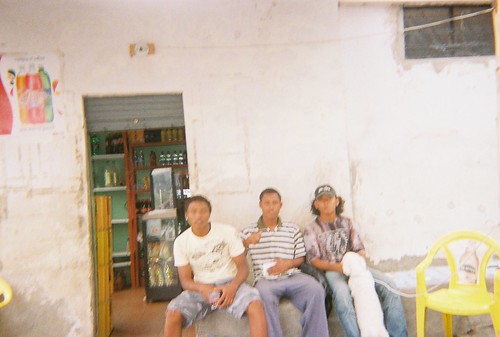

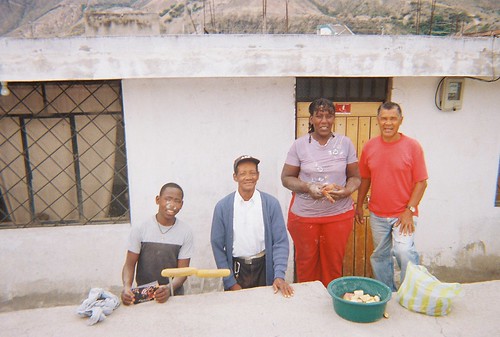
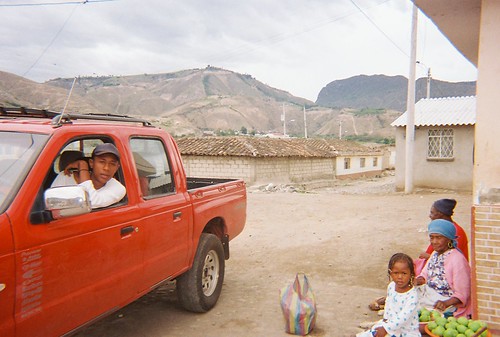
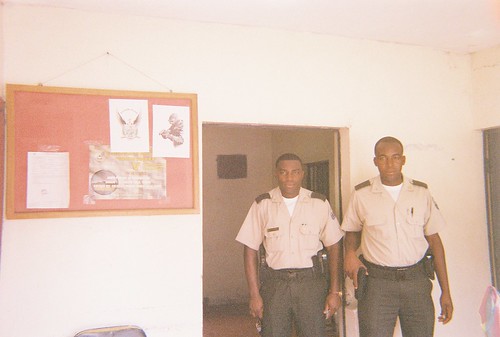



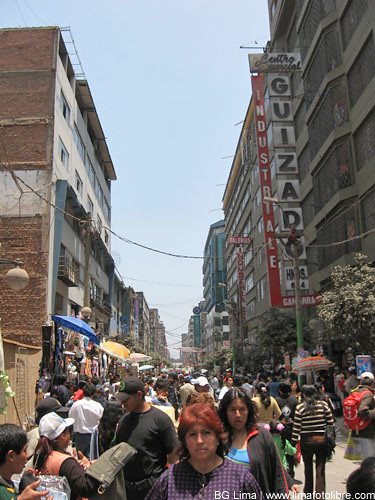

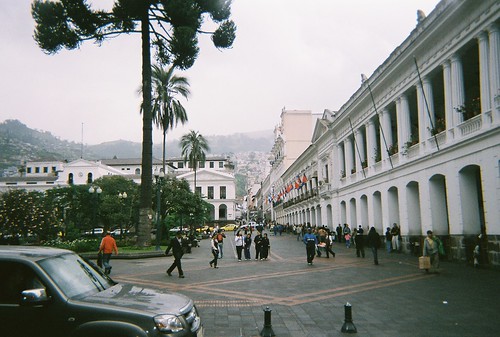

 In October 2005, I visited Lima, Perú for the first time where my goal was to immerse myself in the Spanish language as I had done in Cuba and Mexico several years prior. At the same time, I wanted to explore the black community and its experience.
In October 2005, I visited Lima, Perú for the first time where my goal was to immerse myself in the Spanish language as I had done in Cuba and Mexico several years prior. At the same time, I wanted to explore the black community and its experience.